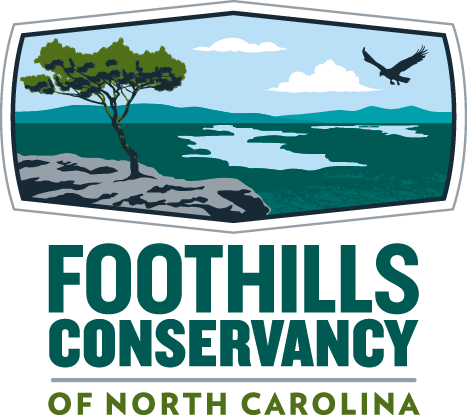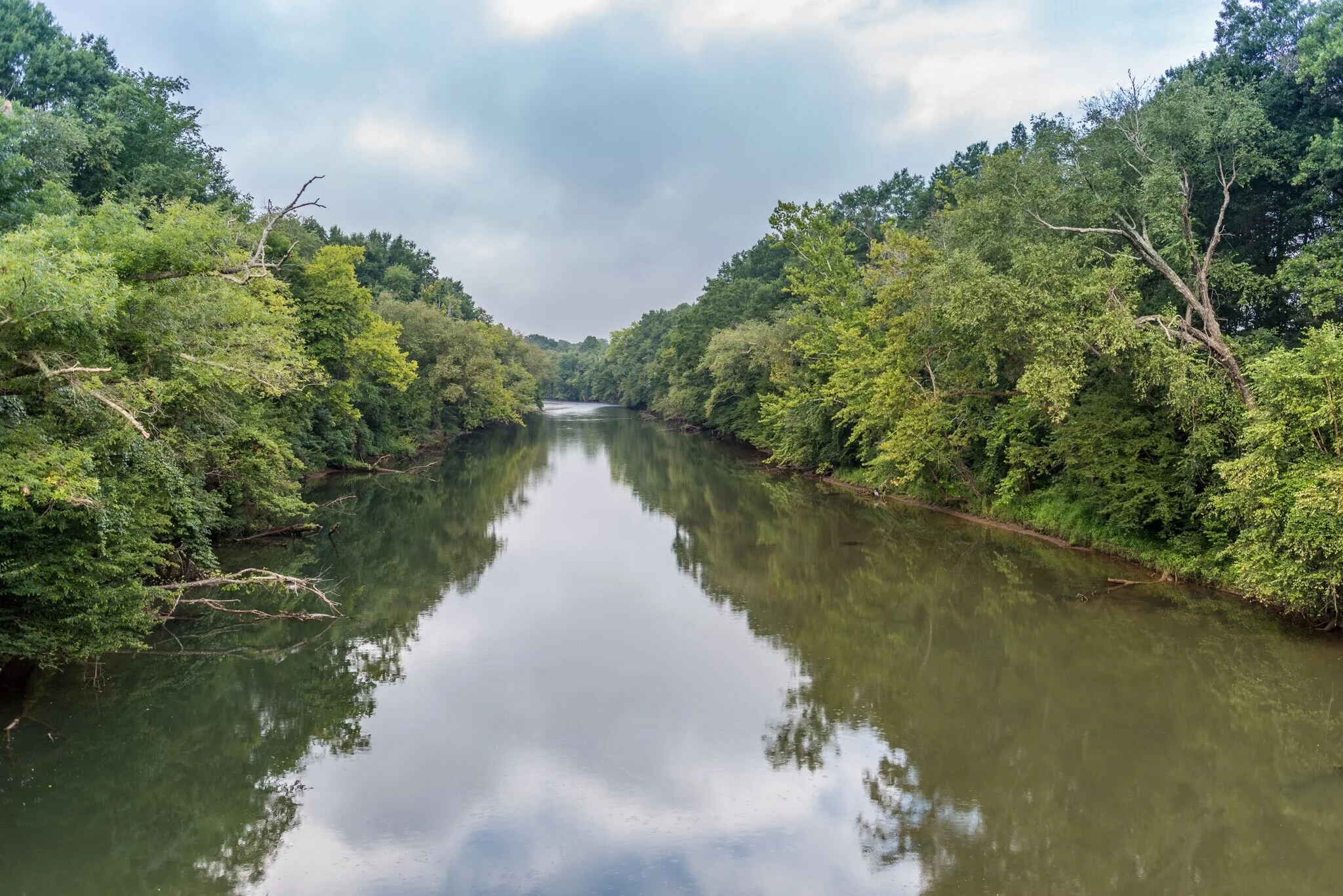Study Underway to Identify Key Conservation Lands for Water Security in Catawba-Wateree River Watershed
Project funded by the Catawba-Wateree Water Management Group and Foothills Conservancy of North CarolinaA study is underway by RTI International of Raleigh to examine the future impacts of land use changes on the water resources of the Catawba-Wateree Basin. Funded by the Catawba-Wateree Water Management Group and a grant to Foothills Conservancy of North Carolina, on behalf of the Catawba-Wateree Initiative, from Duke Energy’s Water Resources Fund, the study will provide recommendations on best practices and conservation targets to cost-effectively protect water quantity and quality throughout the Catawba-Wateree Basin.The Catawba-Wateree River, which flows from the mountains of North Carolina to the coastal plain of South Carolina, supplies drinking water for more than 2 million people and generates enough power for 3.7 million homes. It supports a rapidly growing economy and provides recreation opportunities and an elevated quality of life in a region of nearly 5,000 square miles.A draft of the final report is anticipated in 2018. In the meantime, Foothills Conservancy has secured a grant from the EPA’s Healthy Watershed Consortium program to hire a new staff position with the purpose of creating an action plan based upon the study’s reporting and recommendations.In 2013, Foothills Conservancy, Catawba Lands Conservancy and The Conservation Fund formed the Catawba-Wateree Initiative to take advantage of what the partners viewed as a finite window of time to protect important watershed lands and forests essential to water supply within the Catawba-Wateree Basin. The Catawba-Wateree Initiative’s goal is to collaborate with diverse stakeholders in the Catawba-Wateree Basin to create a permanent means of identifying and funding conservation of watershed lands that are critical to present and future water needs.“Although we tend to think of our region as water-rich, the water here is a finite resource that needs protection to secure future supplies,” said Andrew Kota, associate director of Foothills Conservancy. “Protecting watershed lands and forests around streams is one of several options in a multi-barrier approach to protect the source of our region’s water. We believed it was time for our conservation groups to seek a strong partnership with the Catawba-Wateree Water Management Group and work together toward a healthy and reliable source of water that drives a high quality of life, underpins economic prosperity, and supports multiple uses. The RTI International study will be essential to identifying areas that are most critical for protection. We plan to take the results of the study and develop an action plan to implement its recommendations.”The Catawba-Wateree Water Management Group formed during the relicensing of Duke Energy’s hydropower facilities on the Catawba River after modeling showed water supplies are threatened by population increases, development pressure, land use change, electricity demand, climate change, and sedimentation. The group’s mission is to identify, fund, and manage projects that will help preserve, extend, and enhance the capabilities of the Catawba-Wateree River Basin to provide water resources for human needs while maintaining the ecological integrity of the waterway. It has 19 members; one member representing each of the 18 public water utilities in North and South Carolina which operate water intakes on either a reservoir in the Catawba-Wateree Hydroelectric Project or on the main stem of the river, and one member representing Duke Energy Carolinas.“The region’s land and shared water resources are integrally linked—the use of one affects the other,” said Barry Gullet, chair of the Catawba-Wateree Water Management Group board of directors. “The Catawba-Wateree Water Management Group has made great strides to better understand the science behind this important connection. Our recently completed Water Supply Master Plan identifies actions we can take to help the river support expected economic growth through at least 2100. We are hopeful this new study will better define land and water conservation actions our members and partners can lead to keep this hard-working river strong.”“The Catawba-Wateree Water Management Group is a model of regional collaboration creating forward thinking projects to protect our water supply,” said Vicki Taylor, environmental advisor to the management group. “It has already proven effective in addressing adverse water supply situations and with projects like this one will be able to avoid or reduce other adverse situations in the future that are typical for growing regions like ours. By working as partners in this project, the water management group and Catawba-Wateree Initiative are able to include multiple perspectives and share expertise to obtain the most valuable outcomes from the project for the entire region.”Foothills Conservancy and its partners have received funding from the Healthy Watersheds Consortium Grant Program (administered by the U.S. Endowment for Forestry and Communities), the Duke Energy Water Resources Fund, the U.S. Endowment for Forestry & Communities, and the Z. Smith Reynolds Foundation to further the partnership’s work and fund the RTI International study.To learn more about the Catawba-Wateree Water Management Group visit catawbawatereewmg.org.This project has been funded wholly or in part by the United States Environmental Protection Agency under assistance agreement 83590301 to the U.S. Endowment for Forestry and Communities. The contents of this document do not necessarily reflect the views and policies of the Environmental Protection Agency, nor does the EPA endorse trade names or recommend the use of commercial products mentioned in this document.

